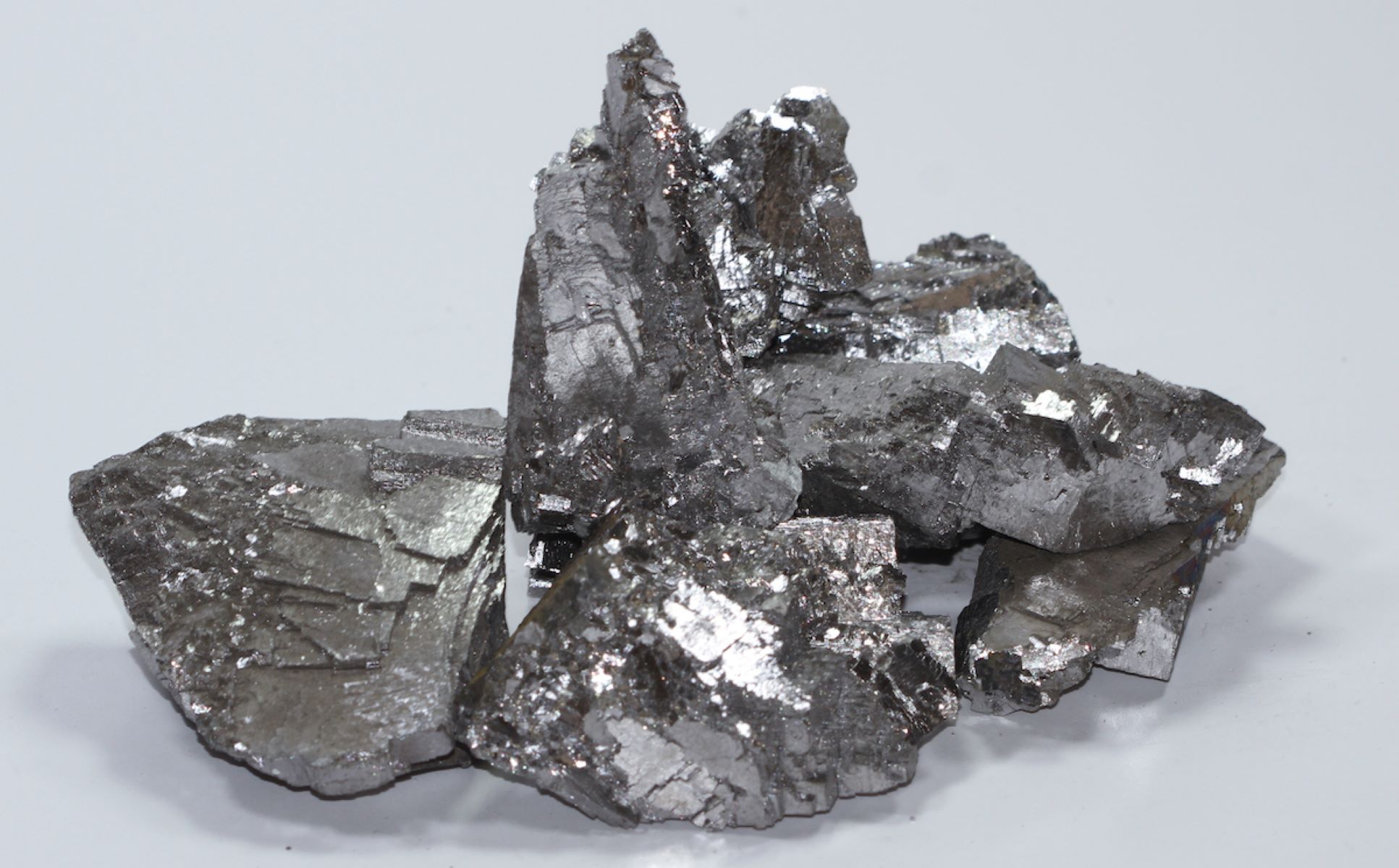
Ferrovanadium might sound like a mouthful, but it's a fascinating alloy with a big role in our world. What is ferrovanadium? Ferrovanadium is an alloy made from iron and vanadium, primarily used to strengthen steel. This alloy is crucial in creating high-strength, low-alloy steels used in construction, automotive, and aerospace industries. It improves the steel's hardness, wear resistance, and overall durability. Imagine the skyscrapers, bridges, and cars that rely on this powerful material. Understanding ferrovanadium helps us appreciate the hidden heroes in everyday structures. Ready to learn more? Let's dive into 30 intriguing facts about this essential alloy.
Key Takeaways:
- Ferrovanadium is a strong alloy of iron and vanadium that boosts the strength of steel. It's used in construction, automotive, aerospace, and tool manufacturing, but its production and use can have environmental and health impacts.
- The economic importance of ferrovanadium is huge, with a global market worth billions. However, its production and handling require strict health and safety measures due to potential toxicity.
What is Ferrovanadium?
Ferrovanadium is an alloy of iron and vanadium. It’s primarily used to add strength and durability to steel. Here are some fascinating facts about this powerful material.
-
Ferrovanadium Composition: Typically contains 35-85% vanadium, with the rest being iron.
-
Steel Strengthening: Adding ferrovanadium to steel increases its tensile strength and resistance to wear and tear.
-
Production Process: Created through an aluminothermic reaction or by reducing vanadium pentoxide with iron.
-
High Melting Point: Melts at around 1,910°C (3,470°F), making it suitable for high-temperature applications.
-
Corrosion Resistance: Enhances the corrosion resistance of steel, making it ideal for harsh environments.
Uses of Ferrovanadium
Ferrovanadium has a wide range of applications, especially in industries requiring strong, durable materials.
-
Construction Industry: Used in rebar and structural steel to improve strength and durability.
-
Automotive Industry: Essential in manufacturing high-strength steel for car frames and components.
-
Aerospace Industry: Used in aircraft parts due to its high strength-to-weight ratio.
-
Tool Manufacturing: Integral in producing high-speed tools and cutting instruments.
-
Pipeline Construction: Enhances the durability and longevity of pipelines.
Historical Background
Understanding the history of ferrovanadium gives insight into its development and importance.
-
Discovery of Vanadium: Vanadium was discovered by Andrés Manuel del Río in 1801.
-
First Use in Steel: The first significant use of vanadium in steel was in the early 20th century.
-
World War I: Demand for ferrovanadium surged during WWI for military applications.
-
Post-War Boom: Post-WWI, its use expanded into civilian industries.
-
Modern Production: Today, China is the largest producer of ferrovanadium.
Environmental Impact
Ferrovanadium production and use have environmental implications worth noting.
-
Mining Impact: Vanadium mining can lead to habitat destruction and pollution.
-
Energy Consumption: Producing ferrovanadium is energy-intensive, contributing to carbon emissions.
-
Recycling Potential: Ferrovanadium can be recycled from scrap steel, reducing environmental impact.
-
Waste Management: Proper disposal of vanadium slag is crucial to prevent soil and water contamination.
-
Sustainable Practices: Efforts are underway to make ferrovanadium production more sustainable.
Economic Importance
The economic significance of ferrovanadium cannot be overstated, given its critical role in various industries.
-
Market Value: The global ferrovanadium market is valued at billions of dollars.
-
Price Fluctuations: Prices can be volatile due to supply and demand dynamics.
-
Trade: Major exporters include China, Russia, and South Africa.
-
Investment: Considered a strategic material, often stockpiled by governments.
-
Job Creation: The ferrovanadium industry provides employment in mining, production, and distribution.
Health and Safety
Handling ferrovanadium requires attention to health and safety protocols.
-
Toxicity: Vanadium compounds can be toxic if inhaled or ingested.
-
Protective Gear: Workers must use protective equipment to avoid exposure.
-
Regulations: Strict regulations govern the handling and disposal of vanadium.
-
Health Risks: Long-term exposure can lead to respiratory issues and other health problems.
-
Safety Training: Proper training is essential for workers in the ferrovanadium industry.
The Final Word on Ferrovanadium
Ferrovanadium plays a crucial role in modern industries. This alloy, made from iron and vanadium, enhances the strength and durability of steel. It's widely used in construction, automotive, and aerospace sectors. Its ability to improve corrosion resistance makes it invaluable for infrastructure projects. Ferrovanadium's unique properties also contribute to energy storage solutions, particularly in vanadium redox flow batteries. Understanding its applications helps appreciate its significance in everyday life. From skyscrapers to bridges, this alloy ensures structures stand the test of time. Its impact on technology and innovation can't be overstated. As industries evolve, ferrovanadium will continue to be a key player in advancements. Knowing these facts highlights its importance in shaping a sustainable future. So next time you see a towering building or a sleek car, remember the unsung hero behind their strength and resilience.
Frequently Asked Questions
Was this page helpful?
Our commitment to delivering trustworthy and engaging content is at the heart of what we do. Each fact on our site is contributed by real users like you, bringing a wealth of diverse insights and information. To ensure the highest standards of accuracy and reliability, our dedicated editors meticulously review each submission. This process guarantees that the facts we share are not only fascinating but also credible. Trust in our commitment to quality and authenticity as you explore and learn with us.


